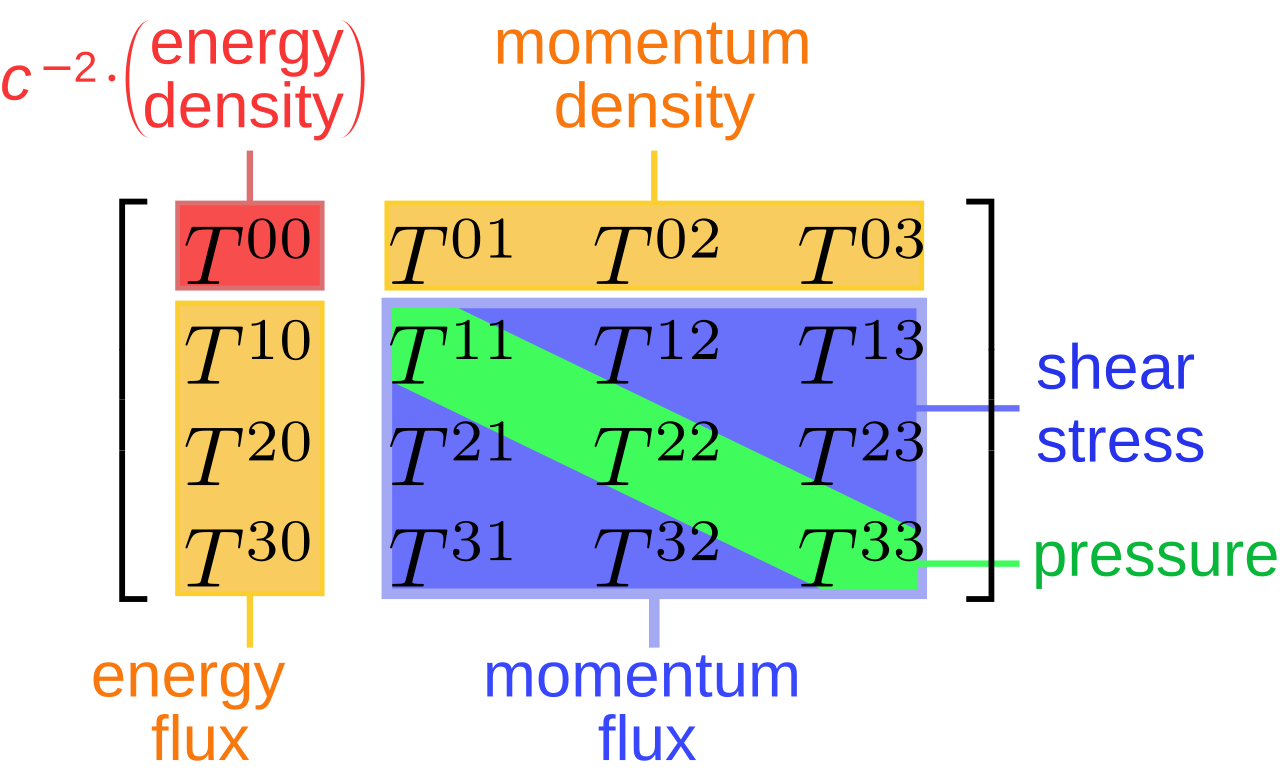Originally posted by KrazyHorse
No. It's actually easy.
The "density of matter" is more properly "the energy density in matter". For non-relativistic matter, most of that energy density is in the mass itself (mc^2). For ultrarelativistic matter most of that energy density is in the kinetic energy (gamma-1)mc^2. Total energy is gamma*mc^2. Gamma is a quantity which depends on velocity. It's 1 at v = 0 and goes to infinity at v = c.
Kinetic terms in the energy density are hit by a redshifting factor. If the mass is nonrelativistic then this redshift has minimal effect on the energy density, since the largest chunk (mc^2) is unaffected, so we see a 1/a^3 dependence. If the mass is ultrarelativistic then we can basically ignore the mc^2 bit and concentrate solely on the (gamma-1)mc^2 part. This part scales as 1/a^4 (like radiation).
These are the simple cases. For matter with (gamma-1) of order 1 (i.e. the kinetic energy is roughly the same as the rest mass) the behaviour is slightly more complicated. It behaves somewhere in between the two extremes above.
No. It's actually easy.
The "density of matter" is more properly "the energy density in matter". For non-relativistic matter, most of that energy density is in the mass itself (mc^2). For ultrarelativistic matter most of that energy density is in the kinetic energy (gamma-1)mc^2. Total energy is gamma*mc^2. Gamma is a quantity which depends on velocity. It's 1 at v = 0 and goes to infinity at v = c.
Kinetic terms in the energy density are hit by a redshifting factor. If the mass is nonrelativistic then this redshift has minimal effect on the energy density, since the largest chunk (mc^2) is unaffected, so we see a 1/a^3 dependence. If the mass is ultrarelativistic then we can basically ignore the mc^2 bit and concentrate solely on the (gamma-1)mc^2 part. This part scales as 1/a^4 (like radiation).
These are the simple cases. For matter with (gamma-1) of order 1 (i.e. the kinetic energy is roughly the same as the rest mass) the behaviour is slightly more complicated. It behaves somewhere in between the two extremes above.
ahhh now i see. "density" in this case had nothing to do with the distribution of mass through volume but was instead a description of how much energy is associated with a given mass of whatever component we are describing. As the universe expands photons and "hot" particles of matter will lose energy density faster than "cold" particles of matter then?
My next question would be, is the "physical density" (number of particles per unit volume I'm not sure what the term would be) going to decrease at about the same rate for all components of the universe as the universe expands?




Comment